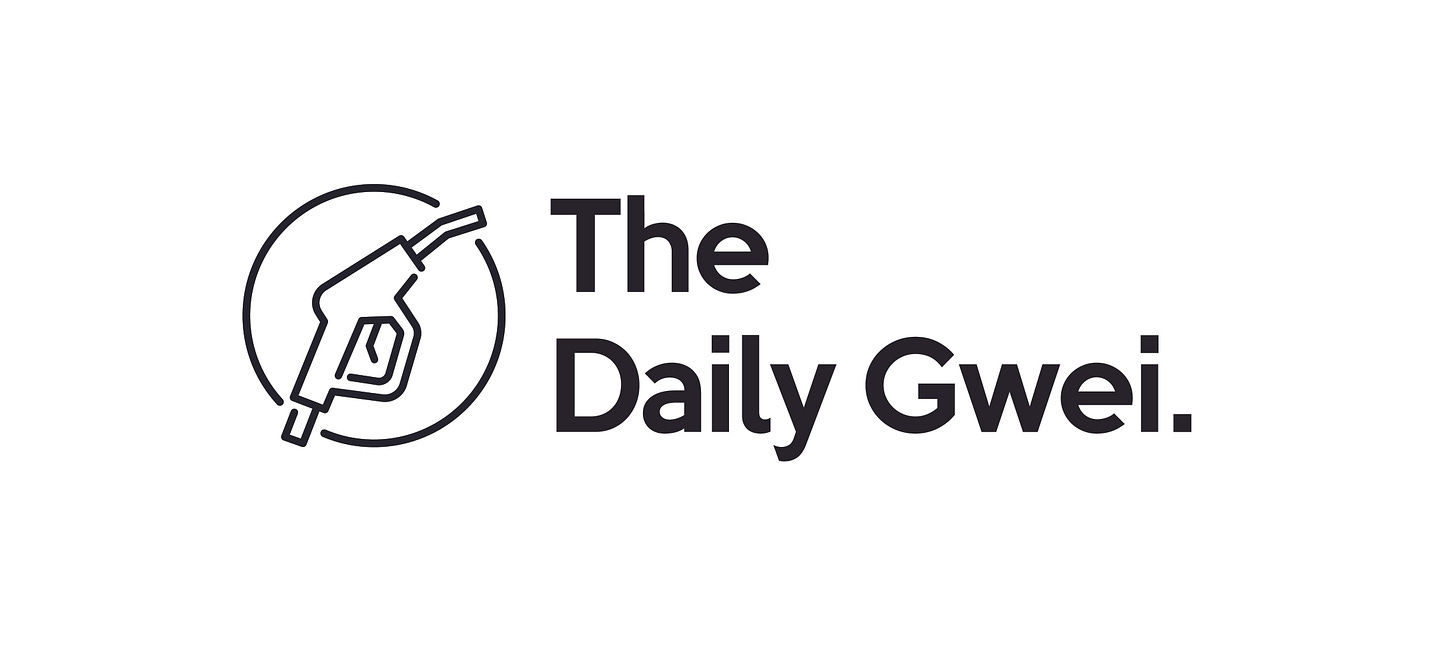Now that we know that the eth2 Beacon Chain is going live on December 1st at 12PM UTC, eth2 teams have begun releasing their mainnet-ready clients. For today’s piece, I want to talk about what things you should take into consideration before choosing what client to run.
An important decision that every self-sovereign eth2 staker needs to make is deciding on what client they want to run. These clients are: Prysm from PryLabs, Lighthouse from Sigma Prime, Nimbus from Status and Teku from ConsenSys. All of these clients have been built by awesome teams over years and have been part of most of the eth2 testnets.
Picking a client isn’t a difficult thing to do and I believe the most important thing you can do as a staker is to pick a “minority client” - that is, picking one that is less well known and less popular. This is because Ethereum (both eth1 and eth2) is all about client diversity - I wrote about why that is important here. Currently, the most popular client is Prysm as evidenced by its extensive use on the various eth2 testnets over the last few months. Then comes Lighthouse in at a close second and I’d say Nimbus and Teku are tied for 3rd place.
Now, I want to be clear, I’m not ranking the clients here in terms of how performant they are or how good the team is or anything - I’m simply ranking them based on how popular they are which I attribute mostly to marketing/brand awareness. Because of this, I’ve been encouraging as many potential eth2 stakers as I can to run any client but Prysm simply because I believe Prysm will be the “default” for most people just like Geth is the default on eth1. Personally, I’ll be running Lighthouse but I encourage you to check out all of the available clients (including Prysm) and come to your own conclusion on which one you want to run.
If you managed to get your ETH deposited in time and are eligible for the genesis launch of eth2, I suggest that you set up your validators as soon as possible. One of the worst things that could happen on December 1st is that people forget to or have trouble with setting up their validators and the chain fails to start because of this (and you may begin to lose ETH due to inactivity). On top of getting your validators in order, make sure that you sync a full eth1 node if you’d like to have the most trustless staking experience possible. Ideally you should run something other than Geth because it already dominates the network - try OpenEthereum, Nethermind or Besu. Of course, you don’t necessarily need to run your own node (you can just point to Infura or something) but running your own means that you aren’t trusting a 3rd party (and you’re helping the eth1 network as well). A very friendly guide on how to run an eth1 node can be found here.
If you need help setting up your validator then I encourage you to join the amazing EthStaker community on Discord here and on Reddit here. I also recommend checking out the guide from Bankless here. Don’t leave all of this to the last minute - go do it within the next couple of days if possible - you don’t want any surprises popping up on genesis day!
Have a great day everyone,
Anthony Sassano
Join the Daily Gwei Ecosystem
All information presented above is for educational purposes only and should not be taken as investment advice.





